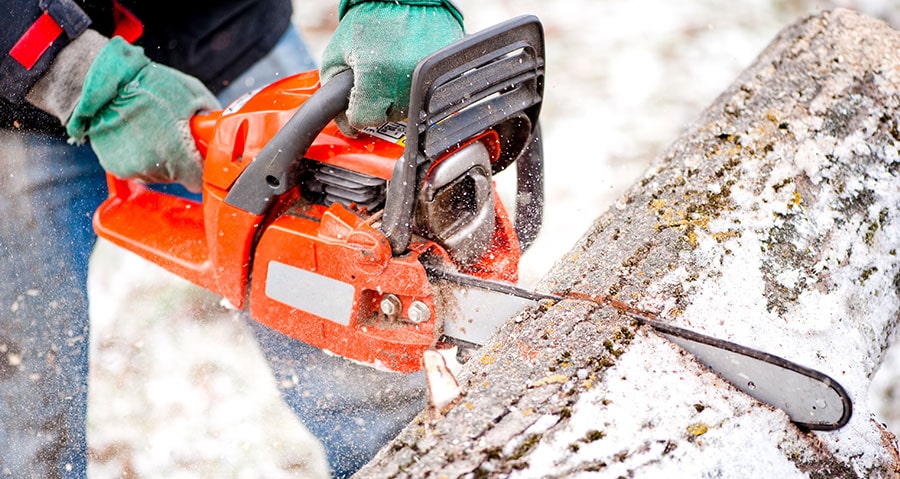Are your trees looking not quite right? They may be crying out for help. The urban environment can take its toll on tree health, causing early tree decline and death.
Lucky for us, trees express themselves in different ways, giving us clues to what’s troubling them. It helps to know how your tree is communicating by recognizing some of the common signs of tree stress.
Take a few minutes to observe the trees on your property for red flags, starting at the top:
Canopy
Take a look at the tree’s canopy. Does it look sparse compared to nearby trees, or compared to previous years? Are there dangling branches? These are signs your tree needs some help.
Leaves
You can tell a lot about the health of a tree by looking at its leaves. Wilting, yellowing, brown, misshapen, curling, spotted or dropping leaves mean your tree is struggling.
Trunk
Large, open wounds, splits, and cracks can all point to something going on internally with your tree. Also be on the lookout for exit holes from bark beetles and borers.
Base
Mushrooms that repeatedly appear at the base of a tree point to a problem underground, usually root rot.
The best way to prevent stress from taking its toll on your trees is to give them what they need throughout the year. Here’s how to keep your trees healthy and resistant to many of the above problems.
Water Consistently and Deeply
One of the most common mistakes people make when it comes to caring for their trees is overwatering. It sounds hard to do, but it happens often. Too much water can lead to root rot and fungal issues; too little water causes dehydration and makes trees more susceptible to pests and diseases. Trees like their water slow and deep. Watering deeply at the drip line whenever the soil is dry is the best way to keep your trees happy.
Mulch
We’ve said it before and we’ll say it again – mulch is a tree’s best friend! Mulch provides numerous benefits and is a simple way to help prevent many stressors.
Prune the Right Way
Although pruning is usually done with the best of intentions, it is often done incorrectly. Pruning the wrong way can do more damage than good. In fact, incorrect pruning is one of the major causes of insect and pest problems in trees. When in doubt, contact your local tree service professionals for advice on where and how much to prune.
Know How to Plant
It may seem simple, but the way you plant a young tree can really be a deal-breaker. Never dig the planting hole deeper than the height of the tree’s root ball, and always dig the hole two to three times wider than the root ball. These simple steps will help prevent your tree from getting unnecessarily stressed down the road.
Consult a Professional
What happens if your tree is already showing signs of stress? Is it too late? If you’re noticing warning signs, now is the time to give us a call.
Many problems can be corrected with proper treatment and care. At Friendly Tree, our inspections and assessments are always free. We pride ourselves on providing expert, reliable service, taking the utmost care of our customers and their trees.



Recent Comments